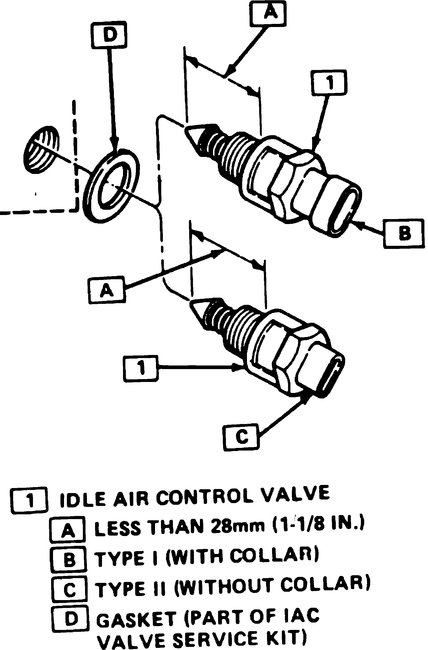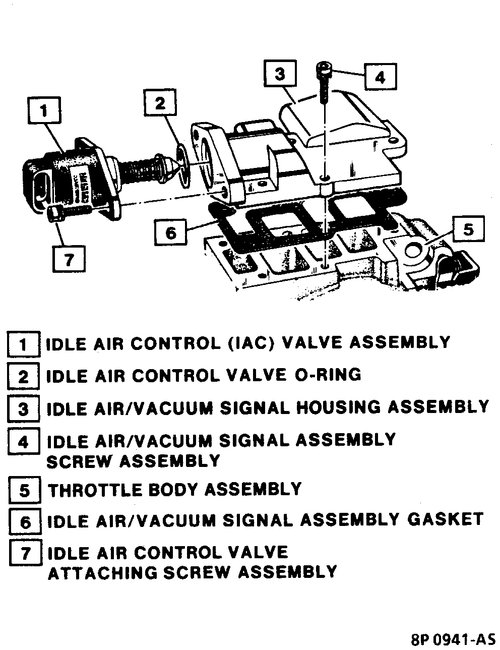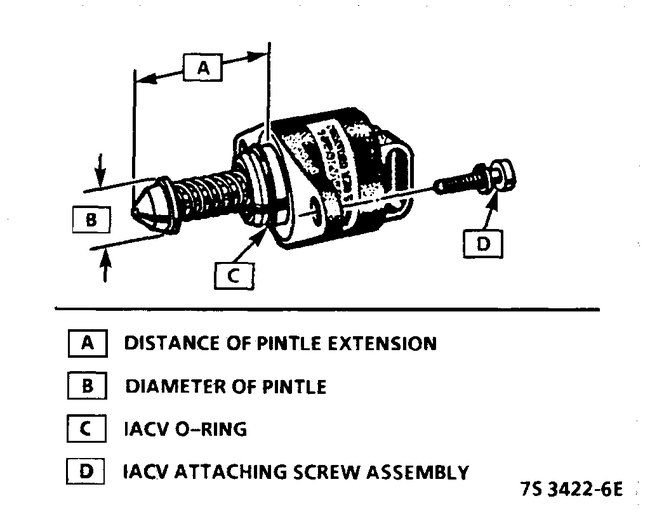Welcome to 2CarPros.
What you described can be the result of a few things. Since the idle speed goes up and down, the most common cause is a bad idle air control valve (IAC). This component is located on the throttle body and easy to replace. When they go bad, it can happen one of two ways. First, the valve no longer responds to the computers request to adjust idle speed or there is a carbon build up on the valve or where it is located preventing it to function properly. To check that, simply remove and inspect.
https://www.2carpros.com/articles/stall-at-idle
Here is a link that explains how to check for a vacuum leak:
https://www.2carpros.com/articles/how-to-use-an-engine-vacuum-gauge
If you find there are no vacuum leaks, then I suspect the IAC needs replaced. Please keep in mind, before you replace parts, make sure there are no leaks, and basic things like a plugged air filter or disconnected air intake tube isn't the cause.
Here is a link showing in general an IAC valve is serviced and one that shows in general how one is replaced:
https://www.2carpros.com/articles/idle-air-control-valve-service
https://www.2carpros.com/articles/how-to-replace-an-idle-speed-control-motor-iac
Here are the directions specific to your vehicle. Pic correlates with the directions:
Note: In 1988 you had two V6 engine choices, a 2.8 and a 3.8. You listed it as a 3.1L.
The first set of directions are for the 3.1L
_____________________
1988 Buick Century V6-231 3.8L
Idle Air Control (IAC) Valve Replacement
Vehicle Powertrain Management Fuel Delivery and Air Induction Idle Speed/Throttle Actuator - Electronic Service and Repair Procedures Idle Air Control (IAC) Valve Replacement
IDLE AIR CONTROL (IAC) VALVE REPLACEMENT
Removal
1. Disconnect IAC valve electrical connector.
2. Remove IAC valve attaching screws, if equipped then the valve using a suitable 1-1/4 inch wrench and discard gasket.
Fig. 356 Typical IAC valve installation
Pic 1
Installation
Prior to installation, identify IAC valve as being either Type 1 or Type 2, Fig. 356. If dimension ``A'' is greater than 1-1/8 inch, reduce as follows:
On Type 1, exert a firm pressure on conical valve to retract it.
On Type 2, while turning valve in clockwise rotation, compress retaining spring from conical valve. Return spring to original position with straight part of spring end aligned with flat surface of valve.
1. Install IAC valve in throttle body using new gasket. Torque IAC valve to 13 ft. lbs.
2. Connect IAC valve electrical connector.
3. Start engine and allow to reach operating temperature.
4. The ECM will reset idle speed when ignition is turned On, then Off.
_____________________________________
Here are the directions if it is a 2.8L V6
Pics 2 and 3 correlate with the directions.
____________________________________
1988 Buick Century V6-173 2.8L
Idle Air Control (IAC) Valve Replacement
Vehicle Powertrain Management Fuel Delivery and Air Induction Idle Speed/Throttle Actuator - Electronic Service and Repair Procedures Idle Air Control (IAC) Valve Replacement
IDLE AIR CONTROL (IAC) VALVE REPLACEMENT
Idle Air / Vacuum Signal Housing
Pic 1
REMOVE
Negative Battery terminal.
Electrical connector.
Idle Air Control (IAC) valve attaching screws.
IAC valve assembly.
CAUTION:
On IAC valves that have been in service: Do Not push or pull on the IAC valve pintle. The force required to move the pintle may damage the threads on the worm drive. Also, Do Not soak IAC valve in any liquid cleaner or solvent, as damage may result.
CLEANING AND INSPECTION
Clean IAC Valve O-Ring Sealing Surface, Pintle Valve Seat And Air Passage.
Use carburetor cleaner and a parts cleaning brush to remove carbon deposits. Do Not use a cleaner that contains methyl ethyl ketone, an extremely strong solvent, and not necessary for this type of deposit.
Shiny spots on the pintle or seat are normal, and do not indicate misalignment or a bent pintle shaft.
If air passage has heavy deposits, remove throttle body for complete cleaning.
Inspect IAC valve O-Ring for cuts, cracks or distortion. Replace if damaged.
NOTICE: If installing a new IAC valve, be sure to replace with an identical part. IAC valve pintle shape and diameter are designed for the specific application.
Idle Air Control (IAC) Valve
Pic 2
MEASURE
If Installing a new IAC Valve measure the distance between tip of IAC valve pintle and mounting flange. If greater than 28 mm, use finger pressure to slowly retract the pintle. The force required to retract the pintle of a new valve will not cause damage to the valve.
INSTALL
Lubricate IAC valve O-Ring with engine oil.
IAC valve assembly.
Attaching screws.
Tighten
IAC valve attaching screws to 3.4 Nm (30 lb in)
Electrical connector.
Negative battery terminal.
IDLE LEARN PROCEDURE
Any time the battery is disconnected, the programmed position of the Idle Air Control (IAC) valve pintle is lost, and replaced with a "default" value. To return the IAC valve pintle to the correct position, the Idle Learn Procedure must be performed. Refer to Adjustments.
Let me know if this helps or if you have other questions.
Take care,
Joe
Images (Click to make bigger)
Sunday, September 1st, 2019 AT 7:06 PM







